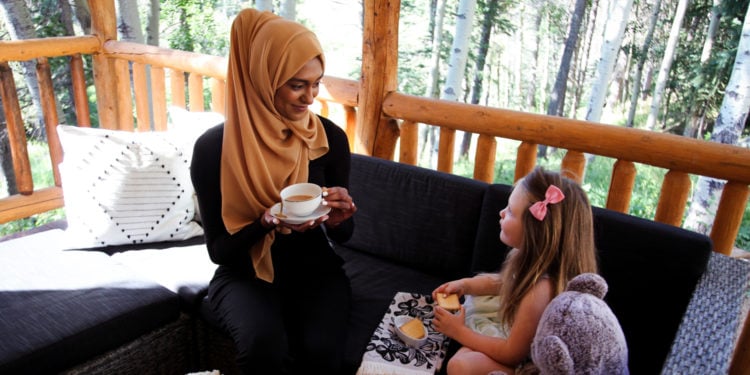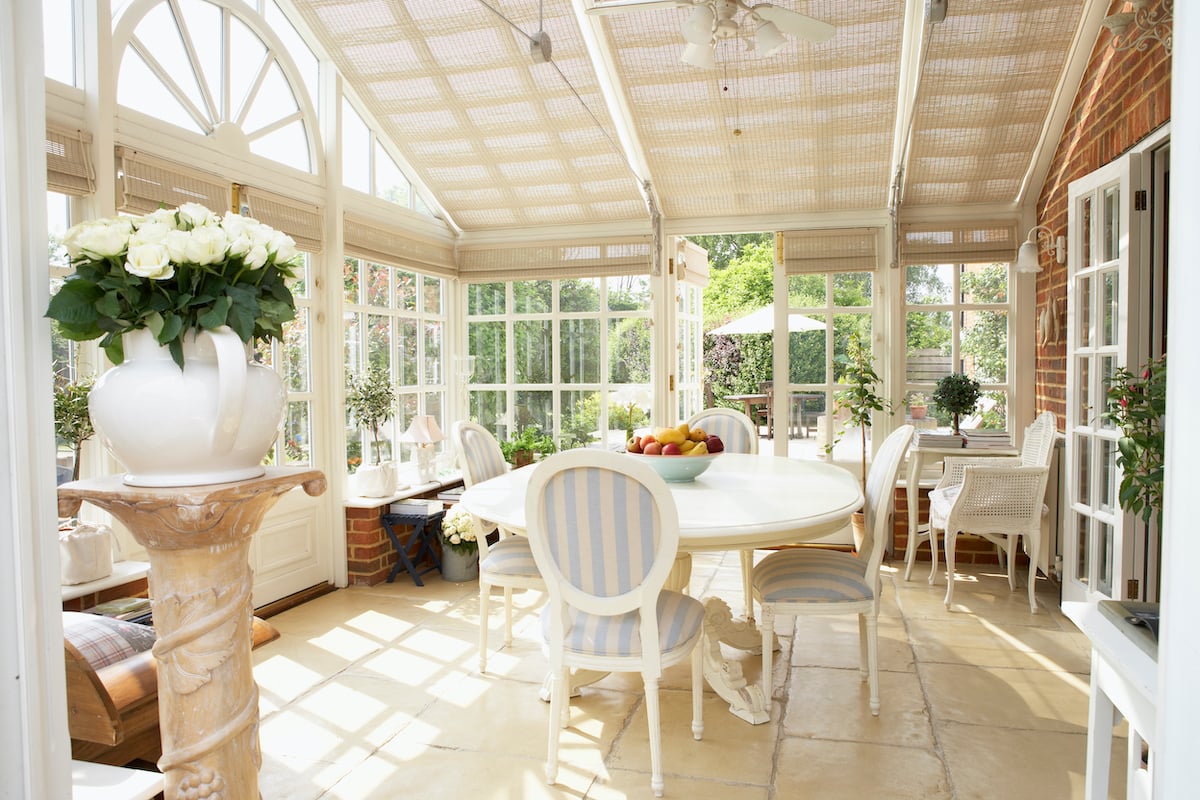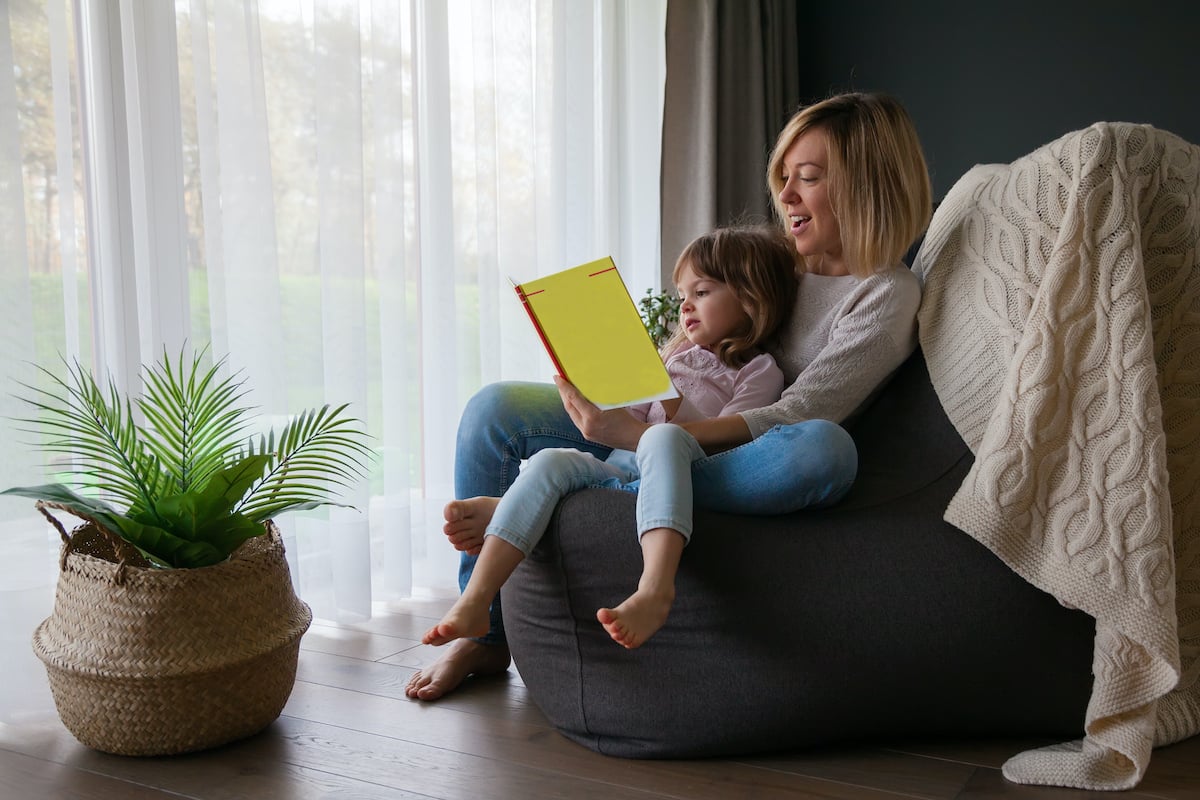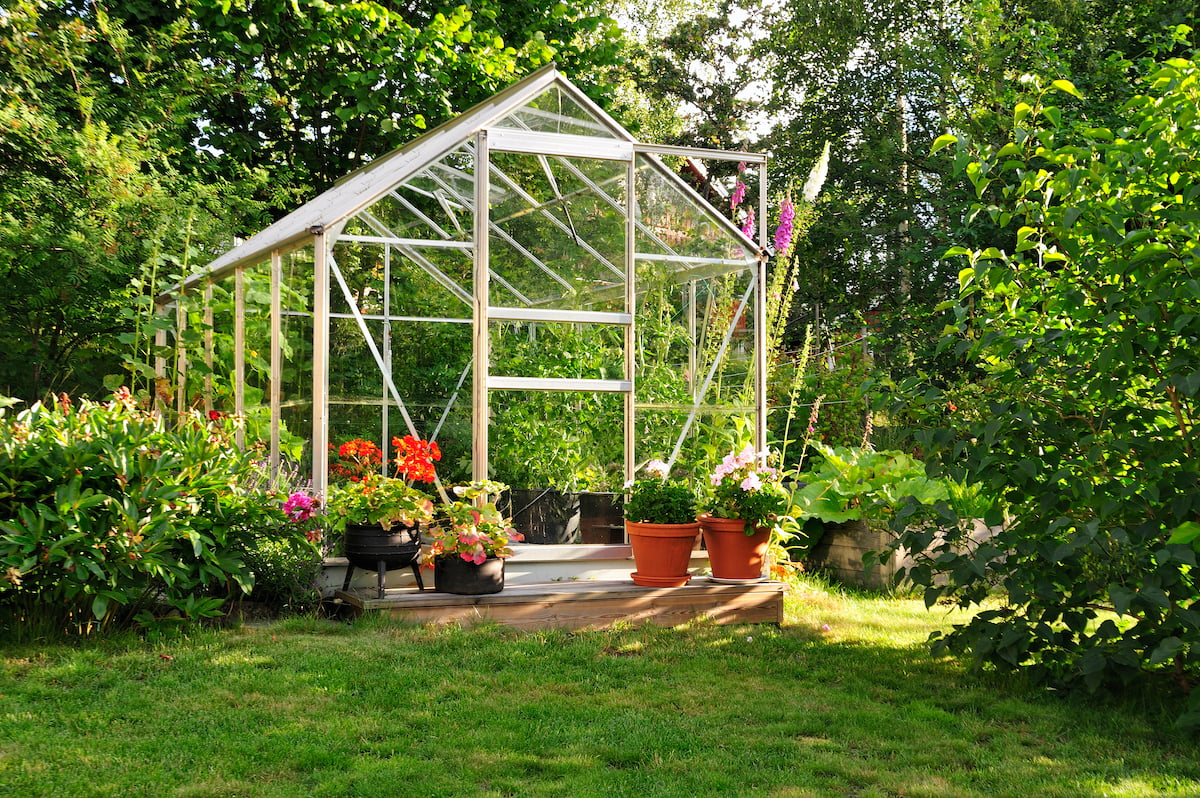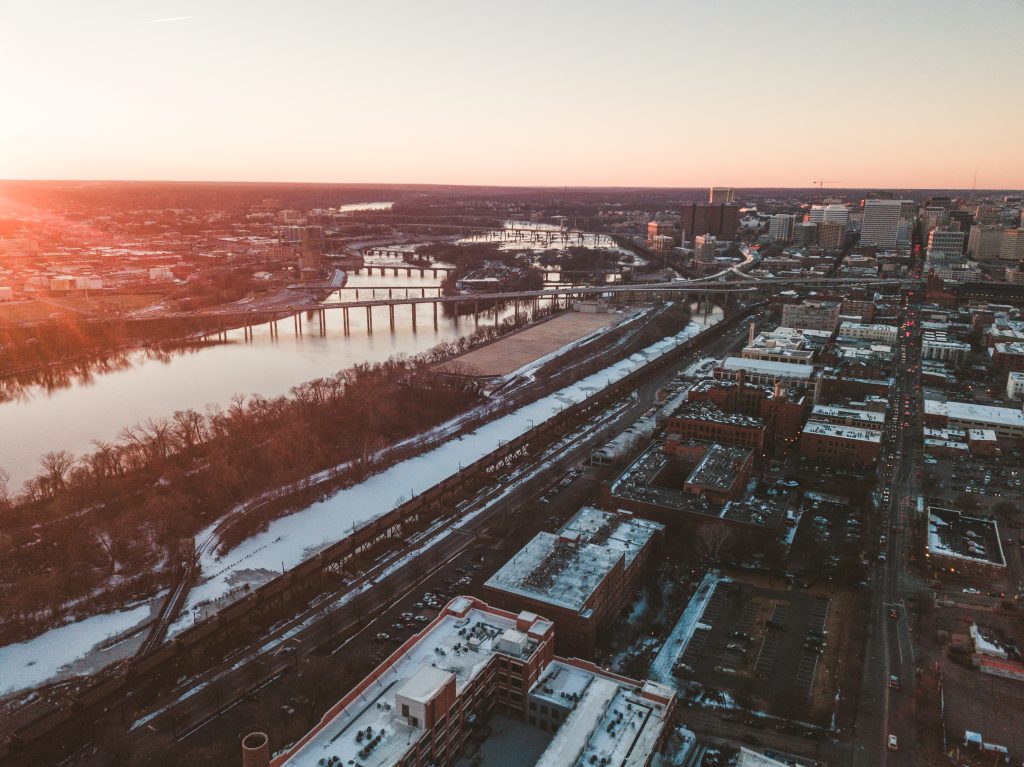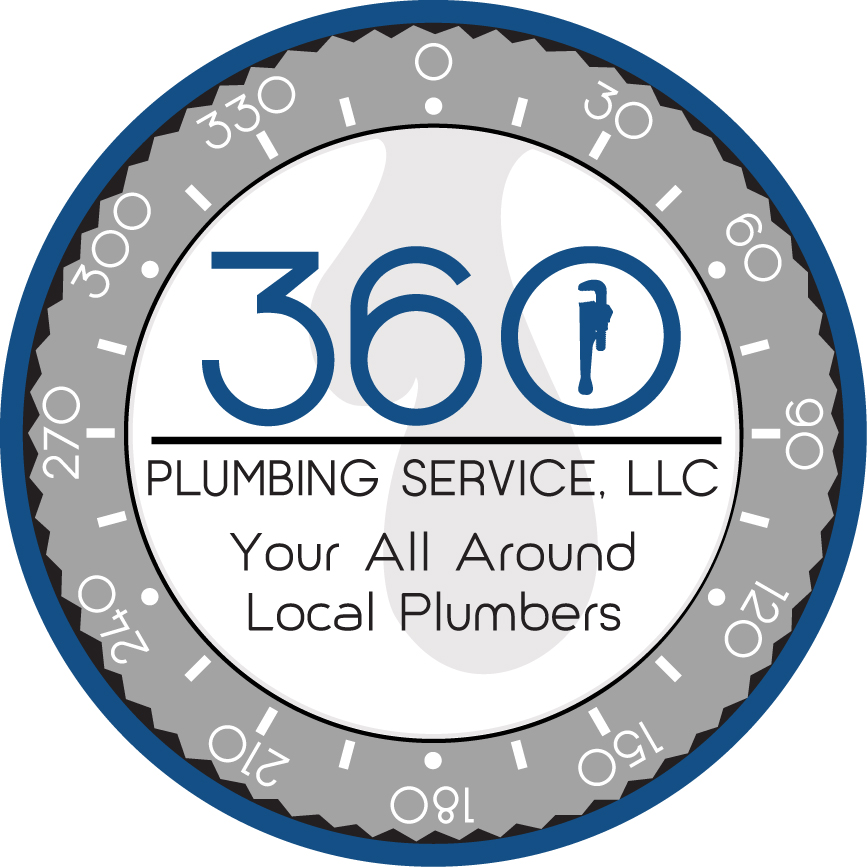GET YOUR HOME SUMMER READY
Summertime is officially here, and we’re daydreaming of afternoons spent in the garden, and evenings entertaining al fresco. It’s not too late to get your yard, garden, and outdoor spaces ready. Here are five simple prep steps:
1. GREAT SOIL
The key to a thriving flower garden? Nutrient rich soil. It would be silly to spend time and money planting expensive plants into unworthy soil. Instead, investing in soil that will create a foundation for your plants to sink their roots into, will allow your garden to flourish. So what makes a good soil? A mix of organic matter, water, air, living organisms, and minerals which come from rocks below or nearby. You have great soil when these ingredients are present in the proper proportions.
To assess the soil composition at your home, you can take a soil test. For a small fee, you can get a test kit through your local Cooperative Extension office—in Virginia, you can get a soil test through Virginia Tech for $10. In North Carolina, you can get a soil test through the North Carolina Cooperative Extension at no charge from April through November. In Tennessee, you get a soil text through the University of Tennessee for $15.
Each kit will include instructions for collection and submitting your soil samples. When you receive your results, follow along with the recommendations. This may include removing the grass or sod that is currently existing in the area, adding organic matter, and possibly a fertilizer.
2. TOOL CARE
To be able to easily work in your yard and garden all summer long, it’s worth the effort to clean and sharpen your yard tools. Start by cleaning out your garage or tool shed. As you pull out each item, set aside those that need to be cleaned or sharpened.
For your shovels, spades, and other digging tools, begin with a thorough cleaning. Soak the tools in a bucket of water, then use a brush to remove any caked on dirt. Rinse with a hose, and wipe dry with a rag. To prevent rust, you can apply a lightweight lubricating oil to the metal parts with a cotton sock or rag. For wood handles, lightly sand to remove any splinters, then coat with olive or linseed oil. Allow to dry before storing.
Sharpen your hand-held pruners regularly with a sharpening stone, being sure to only sharpen in one direction. Five or six swipes across the stone should be sufficient. Keep joints oiled with a lubricating oil, which can also be applied to a cotton rag to clean the blades of your pruners after each use. An oil like WD-40 will also remove any tree sap that gets onto the blades. Store the pruners with the blades open, relieving tension from the springs.
For your lawnmower, you’ll want to change the oil and replace the spark plug at the start of each season. Clean the air filter, or replace if it’s too dirty to clean. Sharpen the blade with a metal file, being sure to sharpen in the same direction with each pass. Tighten any loose bolts and fill with gas.
Keep your wheelbarrow happy by cleaning it after each use. Knock off any loose dirt with a wire brush. Rinse out the bucket with a hose, stand it up on its side, and allow it to dry before storing, especially if you have a metal barrow that could rust. As with your digging tools, keep the wooden handles smooth and oiled to prevent splinters. Keep the tires inflated and wheels oiled.
For serious machinery like chainsaws and tillers, be sure to follow the owner’s manual and maintenance guidelines. Proper prep for summer use and winter storage will aid in the longevity of these pricier tools.
3. PLAN AHEAD
For a lush summer garden with vibrantly colored bulbs, you’ll need to plant some of the flowers in the spring. First, determine your plant hardiness zone by visiting the USDA zone map and entering your zip code, or viewing by state. North Carolina, Tennessee, and Virginia all range from 5 – 8. Oriental lilies, dahlias, gladiolus, and gayfeather should all work well in our region. Keep in mind that soil composition, sun exposure, and drainage all play a part in the success of any flowers. Check with your local garden store to be sure you’re choosing the best options for your yard’s conditions.
4. SNEEZE-FREE GARDENS
For those of us with seasonal allergies, we can still have beautiful gardens! Here are some low-pollen, allergy friendly options:
Carolina Jessamine has pollen that’s deep inside so insects spread the pollen, rather than the wind. This vibrant vine can climb 10 to 20 feet tall on a wall or trellis.
Ferns have no pollen at all, and are great for adding texture to your garden. We love the delicate brake fern and sculptural maidenhair fern.
Hydrangeas have sticky pollen that doesn’t become airborne. This deciduous shrub comes in hundreds of varieties with big leaves and beautiful clusters of flowers that smell as amazing as they look.
Don’t forget about low-allergy trees! Magnolia, dogwood, cherry, pear, and crape myrtle are great options.
5. PRESSURE WASH
To get your outdoor spaces looking their best, pressure wash everything! Your patios, deck, outdoor furniture, and even siding will look better after a proper cleaning. For your siding and furniture, always work from the top down, and be sure to use safety glasses as debris may fly up. You can rent a pressure washer for around $75/day from your local hardware store.

